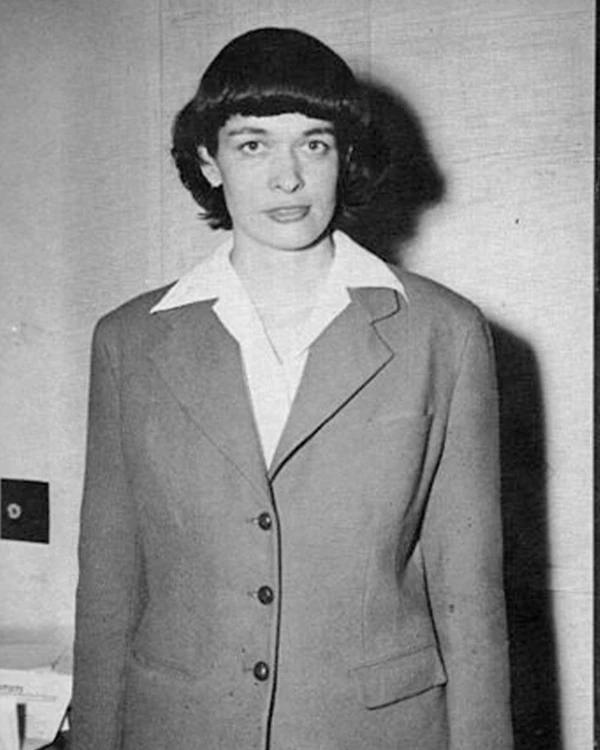Last updated: January 11, 2023
Person
Manhattan Project Scientists: Leona Woods Marshall Libby

US DEPARTMENT OF ENERGY
Born Leona Harriett Woods (later Leona Woods Marshall and Leona Woods Marshall Libby by marriages) on August 9, 1919 in La Grange, IL, she was the youngest person and only female member of the scientists that developed the Chicago Pile (CP-1), the world’s first nuclear reactor at the University of Chicago in 1942. Prior to her work in Chicago, Woods graduated with a BS in Chemistry from the University of Chicago in 1938 at just 18 years of age. She continued to work on her PhD dissertation alongside her work on CP-1, receiving her PhD in 1943.
After the CP-1 team relocated to Argonne National Laboratory outside Chicago, Woods traveled to Hanford, WA in 1944 to oversee development of the plutonium reactors which would ultimately provide fuel to Fat Man, the atomic bomb dropped on Nagasaki, Japan on August 9, 1945. Woods was present at Hanford’s B Reactor in 1944 when it shut down from xenon poisoning and worked with other personnel to restart and maintain the reactor.
After the war, Woods worked at Princeton University alongside J. Robert Oppenheimer, taught at New York University and the University of Colorado, worked for the RAND corporation, and helped create UCLA’s Department of Environmental Science and Engineering. Woods died of a stroke in Santa Monica, CA on November 10, 1986.
